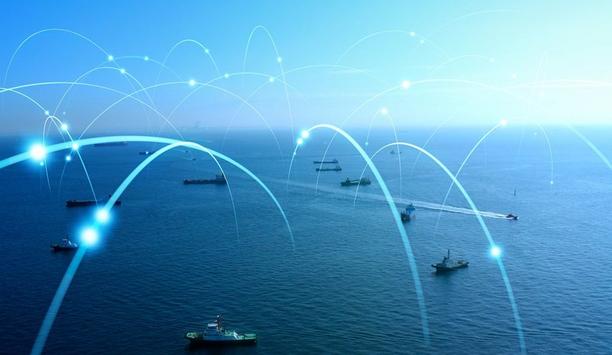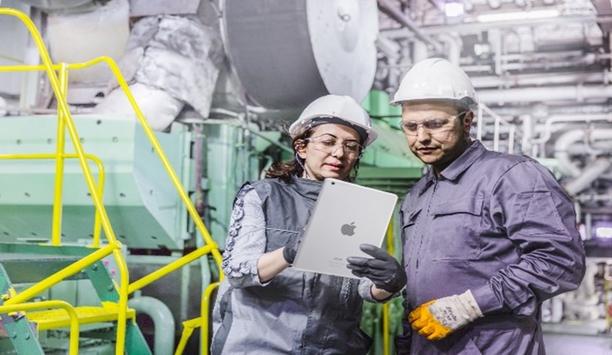The northern German ports are constantly expanding their rail connections. It is set to become the means of transport of the future. In the Port of Hamburg, a good half of all hinterland transport is already carried by rail. Last year, 47.3 million tonnes of cargo weight were transported by rail. At the same time, the importance of rail as a climate-friendly means of transport is also growing in other seaports.
The growing demand is increasingly becoming a major challenge for the railways, as capacities are almost exhausted. Constructive solutions are therefore urgently needed. Experts analysed the prospects for rail transport at the 7th Rail Conference entitled "Rail freight transport and seaports".
Well-financed port infrastructure
"The ports are hubs and the backbone of the German economy - we see a functioning and well-financed port infrastructure as a national responsibility. The new German port strategy must provide impetus here in order to ensure the future viability of German seaports. This also includes the expansion of rail capacities," emphasised Sebastian Doderer, Head of the Rail Expert Group of the Logistics Initiative Hamburg.
They also agreed that this goal can only be achieved with a great deal of effort and high levels of investment
All participants at the rail conference are convinced that well-developed and functioning rail transport is essential for the development of climate-neutral ports. However, they also agreed that this goal can only be achieved with a great deal of effort and high levels of investment.
Expanding the rail network
Hamburg's Senator for Transport, Dr Anjes Tjarks, gave an example of this: "Freight transport plays an essential role in the mobility transition: with more freight on the railways, we can achieve urgently needed CO2 savings and relieve the burden on the road infrastructure.”
“The Port of Hamburg already moves half of its container throughput by rail - we want to increase this proportion even further by expanding the rail network. Together with the federal government, Hamburg is making considerable efforts to significantly improve the rail infrastructure for freight transport, including the renovation, modernisation and widening of the Elbe bridges. This also strengthens the competitiveness of our port."
Facing particularly urgent challenges
The rail sector is facing particularly urgent challenges here, as a lack of staff in locomotives, in signal boxes"
It is not only Hamburg that wants to modernise and expand its rail connections, Bremen is also involved. Bremen's State Councillor for Ports, Kai Stührenberg, also emphasised another key point. "Our ports are nothing without the people who keep the handling and connections with the hinterland running. This must also apply to the National Ports Strategy in the same way, as the ports strategy must of course also address issues such as how we can make jobs fit for the future and how we can attract people in the future and take them with us and train them during the transformation.”
“The rail sector is facing particularly urgent challenges here, as a lack of staff in locomotives, in signal boxes, in dispatching centres and, of course, on the many, ever-increasing rail construction sites is a very real threat to Germany as a business location," said Stührenberg.
Successful port development
In order for the railway to remain competitive in the mix of transport modes in the coming years, the network must also change at European and national level. This also requires better networking. "Efficient transport, port and communication infrastructures form the basis for successful port development. Efficient networking is already a competitive advantage for Germany as a port location. It is therefore important to maintain and expand the efficient hinterland connections via rail, road and waterway, while taking environmental and climate influences into account," said Dr Wibke Mellwig.
Rail is becoming increasingly interesting for shippers from an ecological point of view
Rail is becoming increasingly interesting for shippers from an ecological point of view. Warsteiner, for example, has further expanded its own intermodal terminal and made it accessible to third parties. "So far, you really have to want to travel by rail. However, it is not easy to get shippers out of their comfort zone. That's why the regulations in rail transport need to be drastically minimised so that the product becomes more competitive," said Daniel Küster, Supply Chain Manager at Warsteiner.
Freight transport industry
Maintaining and further improving this reliability is also the task of Deutsche Bahn AG (DB). In particular, the expansion and modernisation of the network will be one of the biggest tasks for the Group. "With the development of the high-performance network, DB is creating a clear perspective for reliability and growth.”
“During the period of general modernisation, the workload for everyone involved is very high. Of course, we are also keeping an eye on the needs of the freight transport industry and companies with sidings and will be upgrading diversion routes in advance and developing concepts to ensure connections to the northern German seaports during this time. At the end of the construction phases, we will have a more resilient rail network, which will also mean capacity improvements for our customers," said Ute Plambeck, Deutsche Bahn's Group Representative for the North German states.










